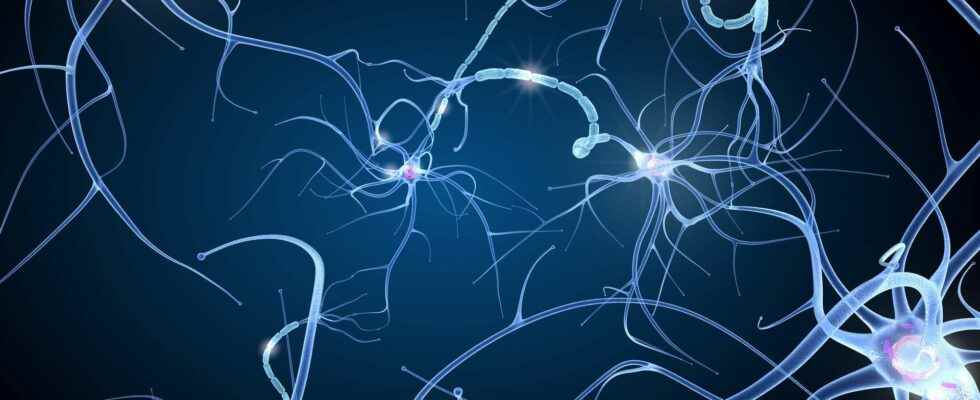Life is a continuum, events follow each other without a break. Our brain sees things differently. In all likelihood, Memory divides our life into distinct events, like a story divided into chapters. Each significant event would then be stored in its “file” and when we immerse ourselves in our memories, the brain only has to browse the different files or chapters that make up our memory. A process that scientists call event segmentation, in English, and which could be literally translated as event segmentation.
Memory, thousands of events classified in file
At Cedars-Sinai Medical Center in Los Angeles, a team of neurobiologists has identified the neurons involved in the process of event-driven segmentation in the brains of 19 volunteers treated at the hospital for epilepsy. ” Patients with drug-resistant epilepsy see implant from electrodes depth to locate the areas where the seizure begins, as part of their clinical procedures. We take advantage of this rare opportunity to record direct neural signals from different regions of the brain during their stay in the hospital “, explains Jie Zheng, first author of the study published in Nature Neuroscience.
While there are no clear breaks in the experience of life, to carry out their experiments scientists have had to simulate soft and sharp boundaries between events. ” The difference between a hard border and a soft one lies in the size of the deviation from the current narrative. Is it a totally different story or a new scene from the same story? “, explains Ueli Rutishauser, co-director of this research.
Concretely, the scientists played a video to the 19 participants with soft borders: a man in front of his computer then the same man but filmed from another angle and clear borders: a man and his dog in a living room then, the following scene, another man in a garden. During the viewing of the scenes, the activity of the neurons was recorded thanks to the implanted electrodes in the brain volunteers. Thus, a population of neurons, called “border cells” activates directly after a soft or sharp border. While another, called “event cells” only activates after a hard border, not seeming to notice soft borders.
Browse memory folders
Rutishauser and his colleagues believe that when “boundary” and “event” cells reach their peak of activity at the same time – after a strong boundary only – the brain creates a new memory, a new file in his memory. These spikes act as anchors for mental time travel “, according to Rutishauser. It only remains to test this theory.
In a second set of experiments, this time focusing on memory, the participants performed two memory tests. In the first test, they had to say whether or not the presented image appeared in the video seen before. The results show that they remember better the images located before or after a clear or soft border, and therefore included in the same “folder”. In the following test, the participants had to say, between two images, which appeared first in the video. They struggled to reorder images on either side of a hard border, suggesting that they belong to two different folders.
The interest of this research is to improve our understanding of how memory formation works, and in the distant future, to serve as a foundational idea for the development of a treatment for memory problems. ” We plan to test the theory that boundary and event cells activate dopaminergic neurons when they fire, and that dopamine, a chemical that sends messages between cells, could be used as a therapy to enhance dopamine formation. memory concludes Jie Zheng.
In addition to the workshops offered throughout France by the Society of Neurosciences, at the origin of Brain Week, Futura highlights the latest scientific advances concerning our ciboulot. Cognition, psychology or even unusual and extraordinary stories, a collection ofitemsof questions answers and of podcast to be found all this week under the tag ” brain week » and on our social networks!
Interested in what you just read?
